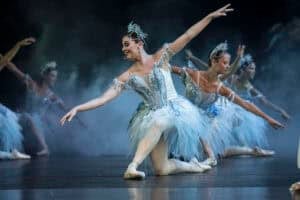Beauty is in the eye of the beholder. Or is it? Artist Angie Lazaro asks tough questions about women and beauty in her new exhibition.
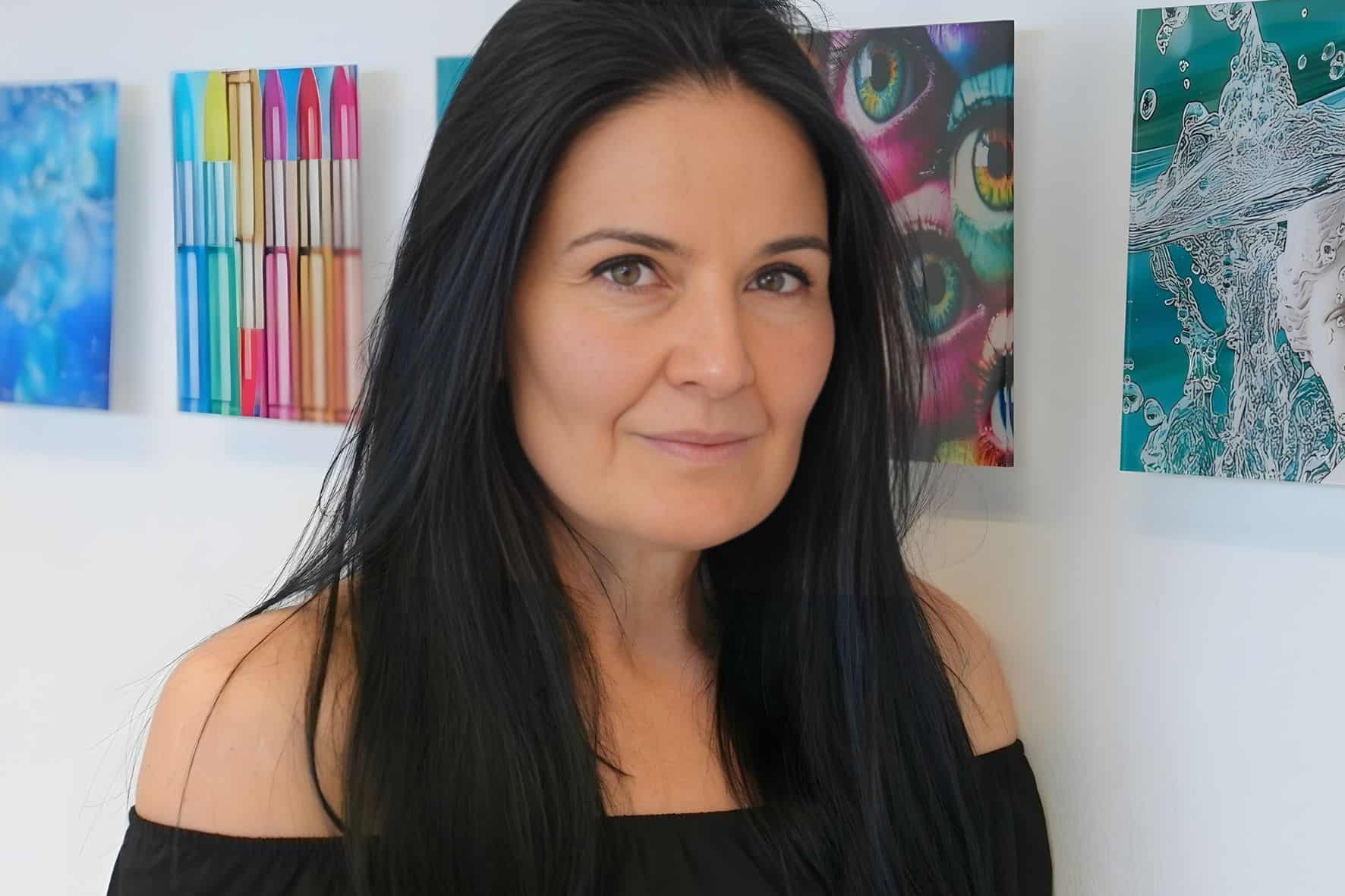
Okay, so it’s a bit confusing at first. Why would one of South Africa’s best fashion and beauty photographers almost, in a sense, parody her trade? Photographer and exceptionally talented artist Angie Lazaro has done exactly that in her current exhibition. It’s called Pose/essed and is presently on show at the Merchantec Capital Gallery in Illovo.
Her exhibition, she said, is both an admission and an act of reflection. It asks why beauty still needs to be prescribed, and who benefits when it is. “It actually came from a point of contradiction,” she said. “The very images I had created in my life are now the subject of critique for this exhibition. It’s about highlighting what the industry does, lives and breathes so that we can look at images it relishes with a more critical eye and not just take them as the accepted norm about what beauty should be,” she said.
It makes sense. Lázaro’s work reimagines Aphrodite of Milos as a central motif, connecting classical ideals of beauty to the digital age. “She was a symbol of classical beauty,” Lázaro said. “I wanted to trace, from antiquity to now, how standards of beauty have always persisted. They change with trends and time, but there is always a standard. The question is, why must women still be put in a box and told this is how you should look?”
Why are women boxed in?
Lazaro used sculpture, collage, and video to pick apart the construction of the perfect image of women. Each medium captures the way beauty has been sculpted, staged, and sold to its audience throughout history. The title itself plays with duality and the theatre of it all. The “pose” as a performance and “possession” as the way women’s bodies are consumed by gaze and commerce. It’s a sardonic parody of a question that may never be completely answered.
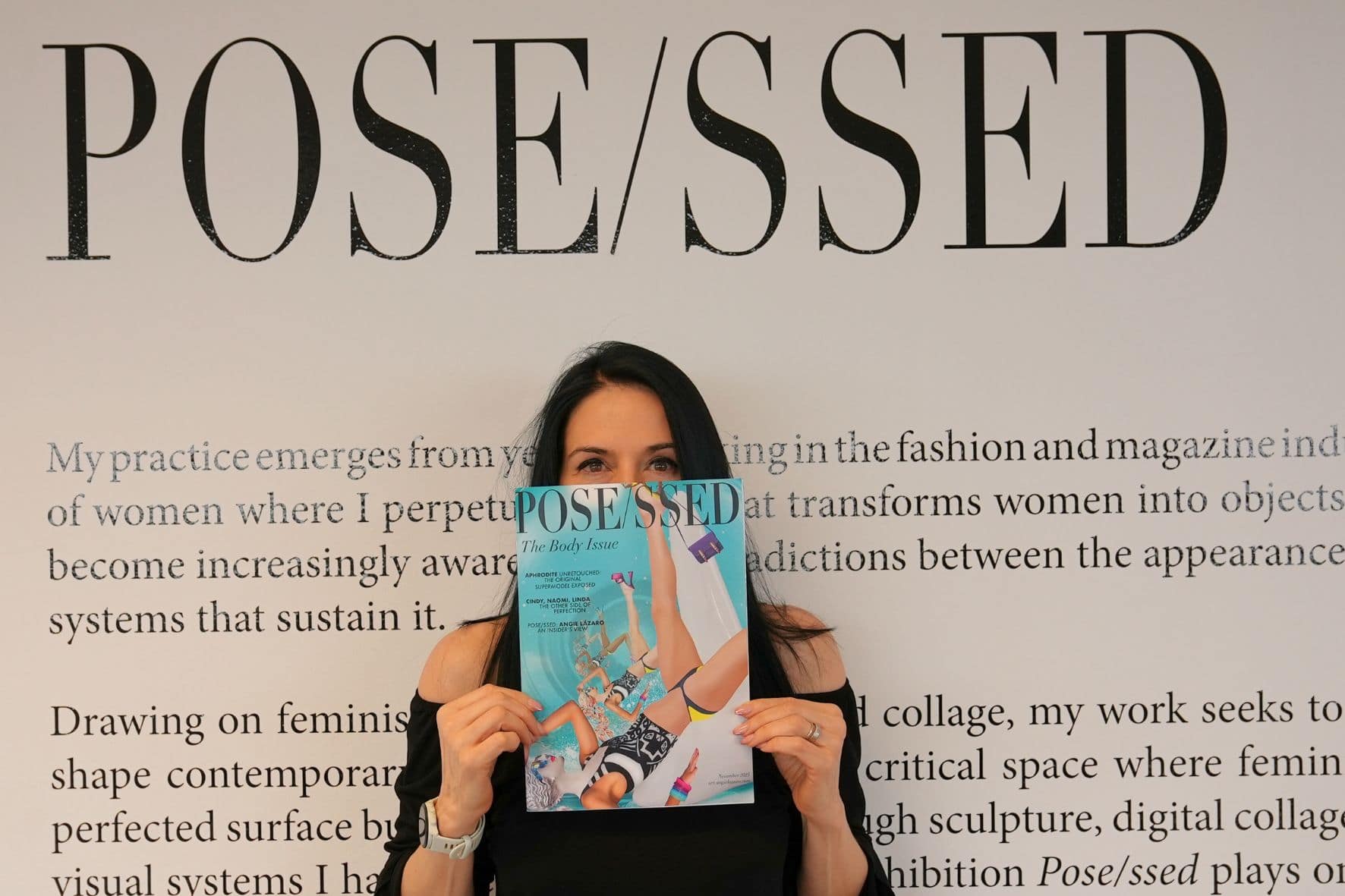
Lázaro said she wanted viewers to see how the pose, as depicted in negative spatial sculptures, has become a kind of ritual. “It’s about putting your body in a certain constraint so that you look longer, slimmer, more glamorous, even if she is faking it,” she said. And there is no difference between the optics used by glossy fashion magazines and social media influencers. Whether it’s the Kardashians or micro- and nano-timelines. “Even influencers today know where to hold their cameras to get the right angle,” she said. “Why is that? Because they are following a trend. They want to look more beautiful, even if it’s faking it.”
Also Read: Bico’s art doesn’t play it safe
In her years behind the camera, she said, she had also been complicit in propagating the very ideal she’s nailed to the crossbar. “I would push a model to give me more length, more curve, more of everything,” she said. “It’s pushing the body until the person disappears. She becomes the object, the object of desire.”
‘It pushes the body until the person disappears’
It’s a flagged reality check. While inclusivity and body type variety have been marketed as the next step in media authenticity, it turned out to be a tiptoe and wishful thinking. There’s been little notion of finisher completer in the media. “In my study I looked at UK Vogue covers, for example” she said. “There was one cover with plus-size models and women outside the cliché, but since then, it hasn’t been repeated. We are still dealing with a consumer culture. These are commercial ventures. They need to sell. A certain ideal sells more than others. Even if magazines or content creators want to be inclusive, they still look at who is buying the product.”
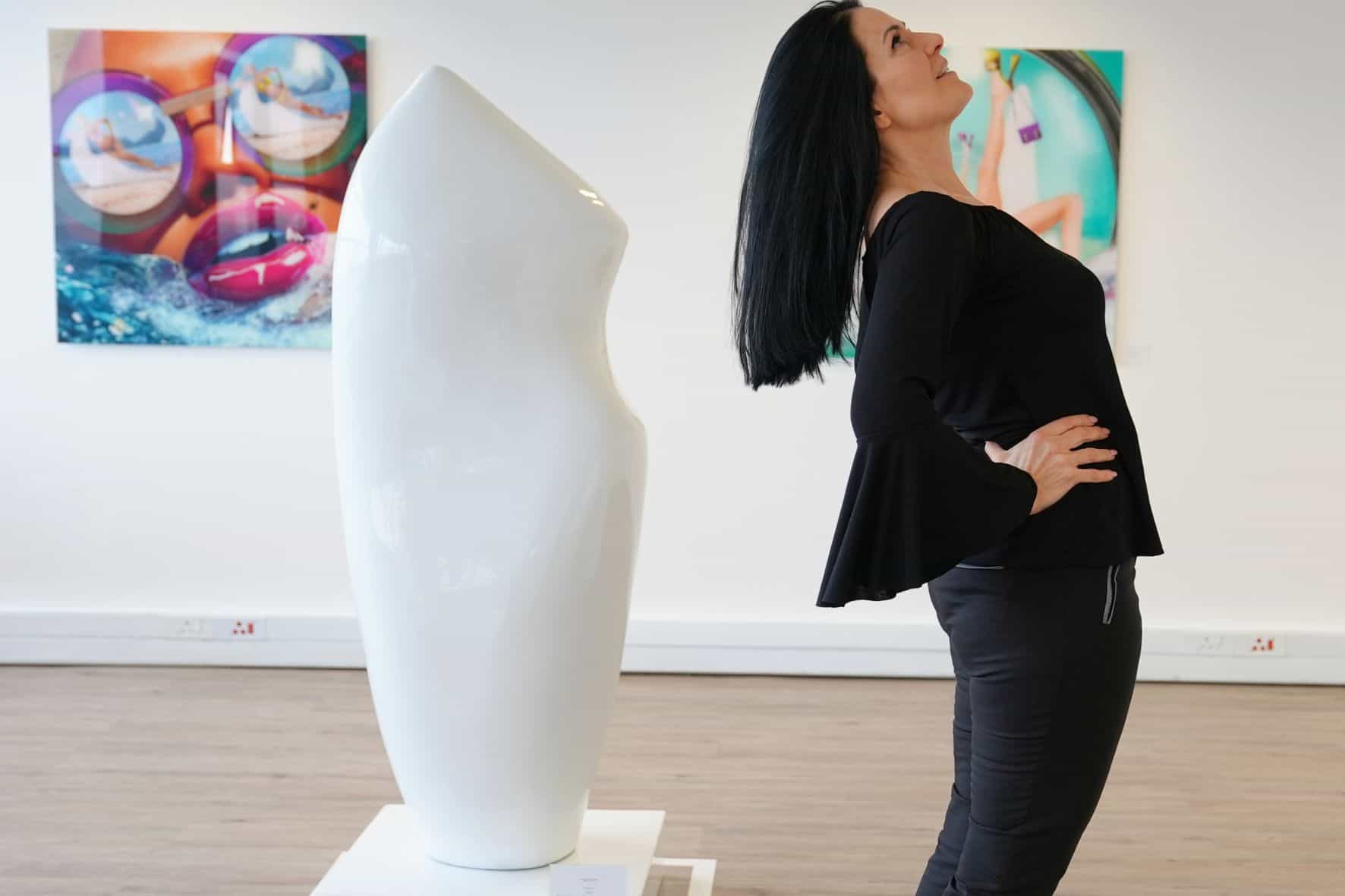
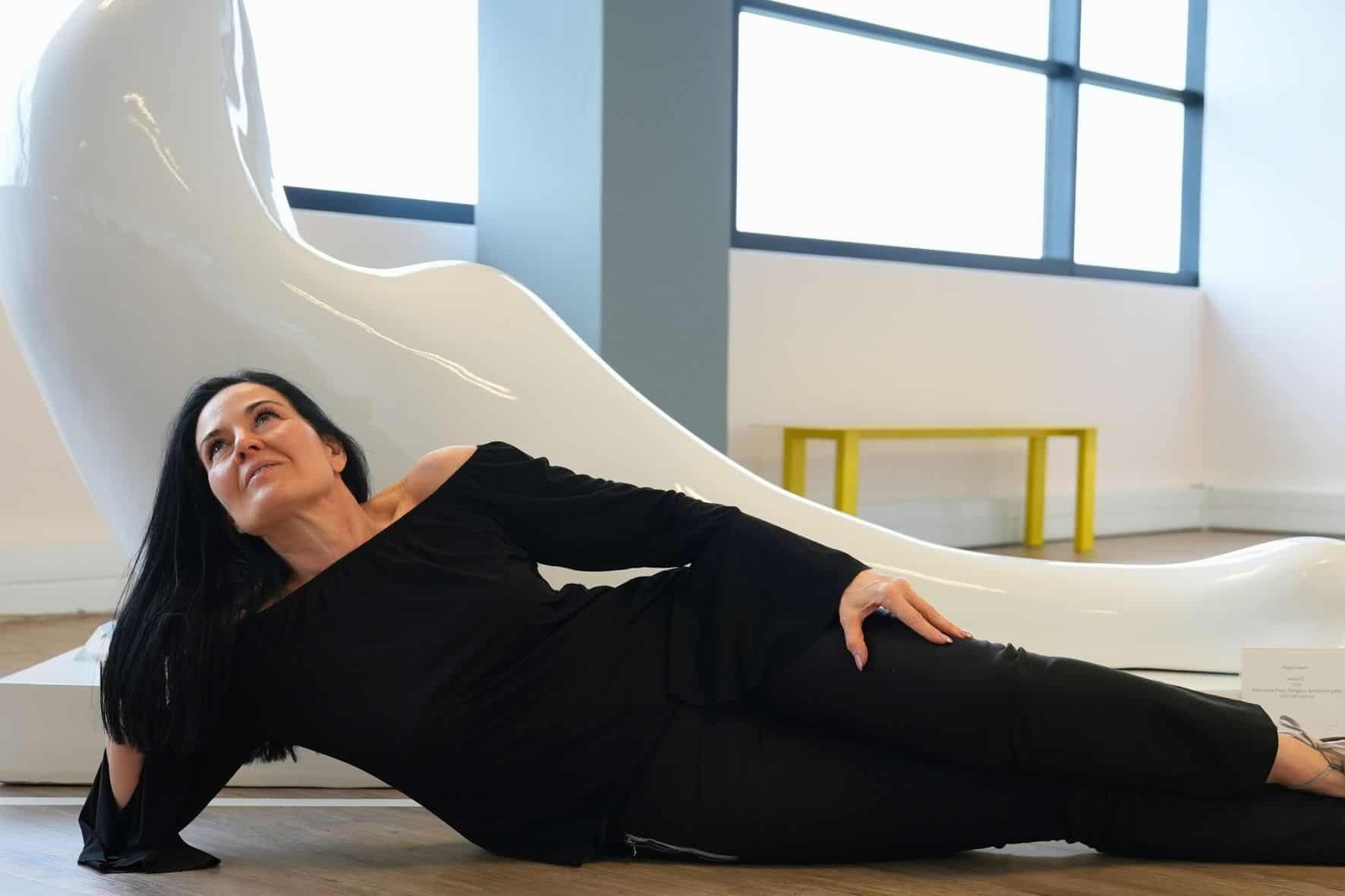
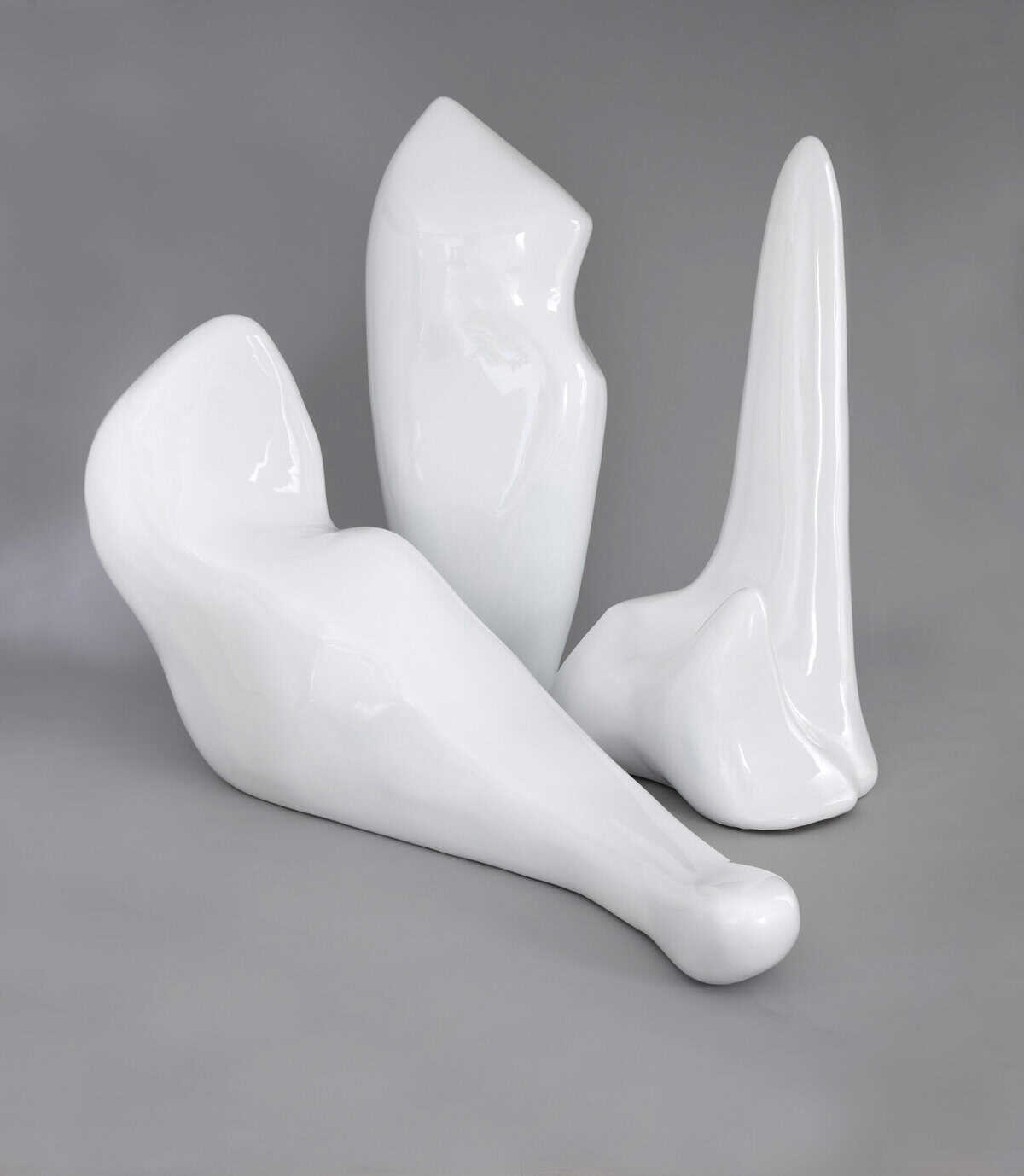
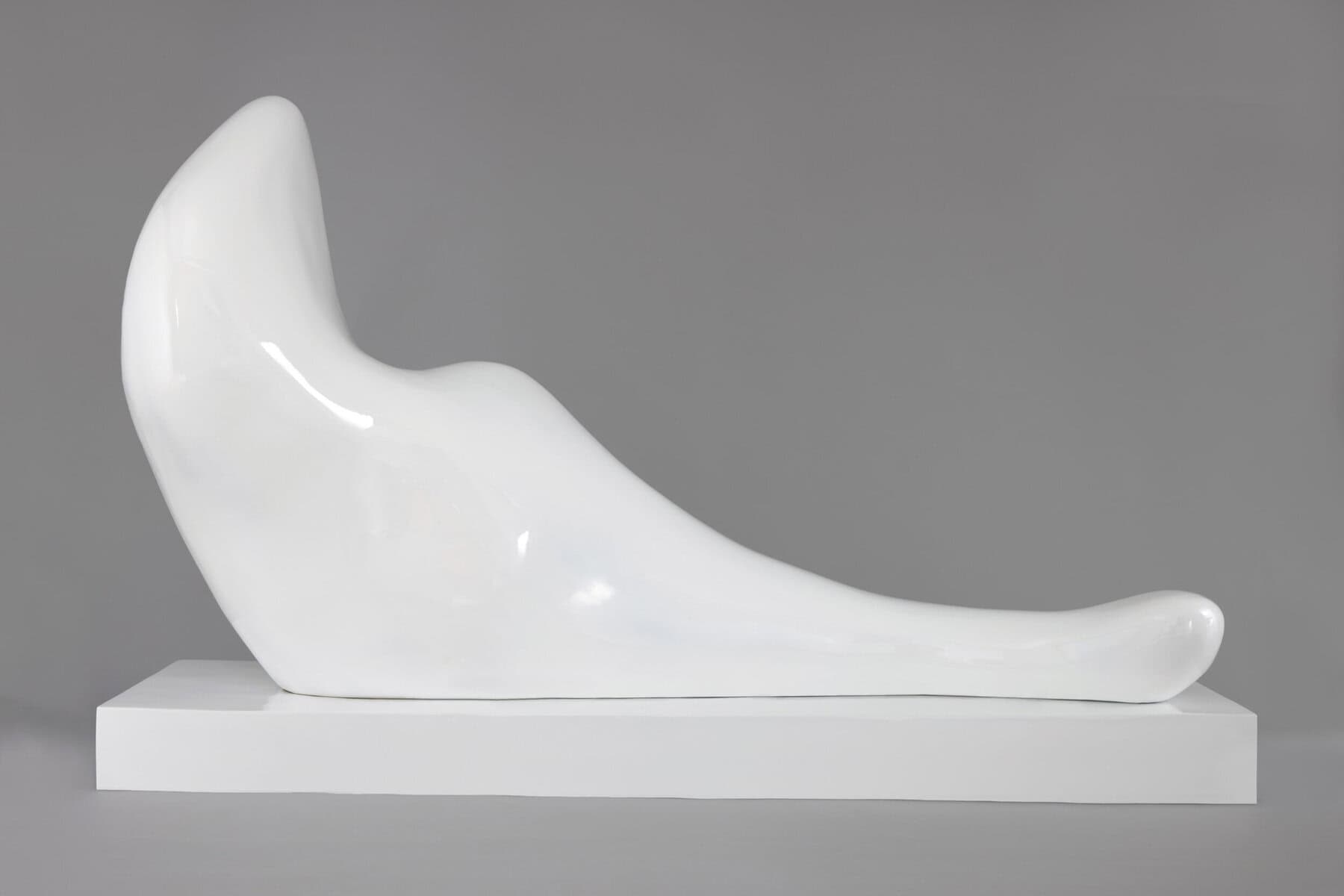
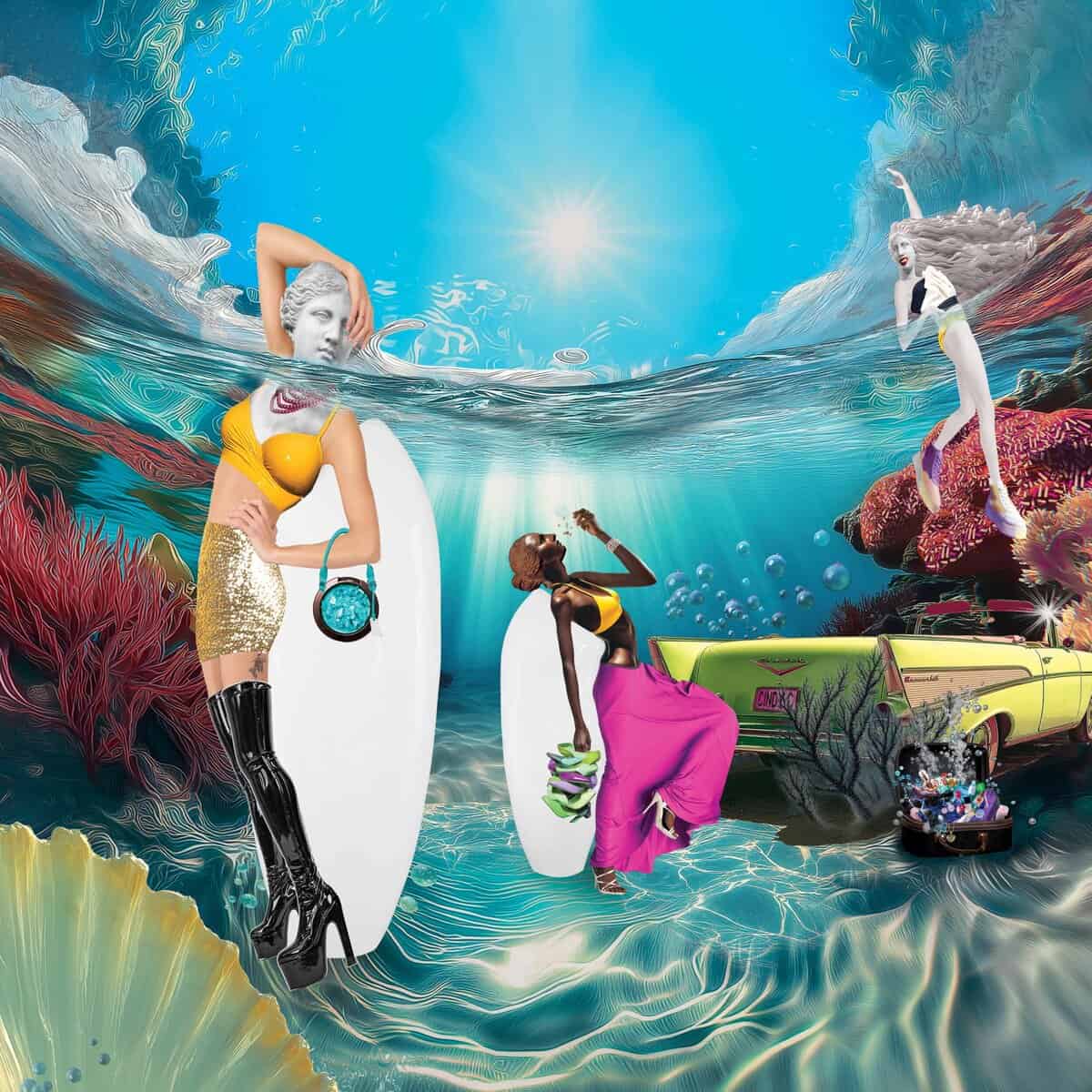
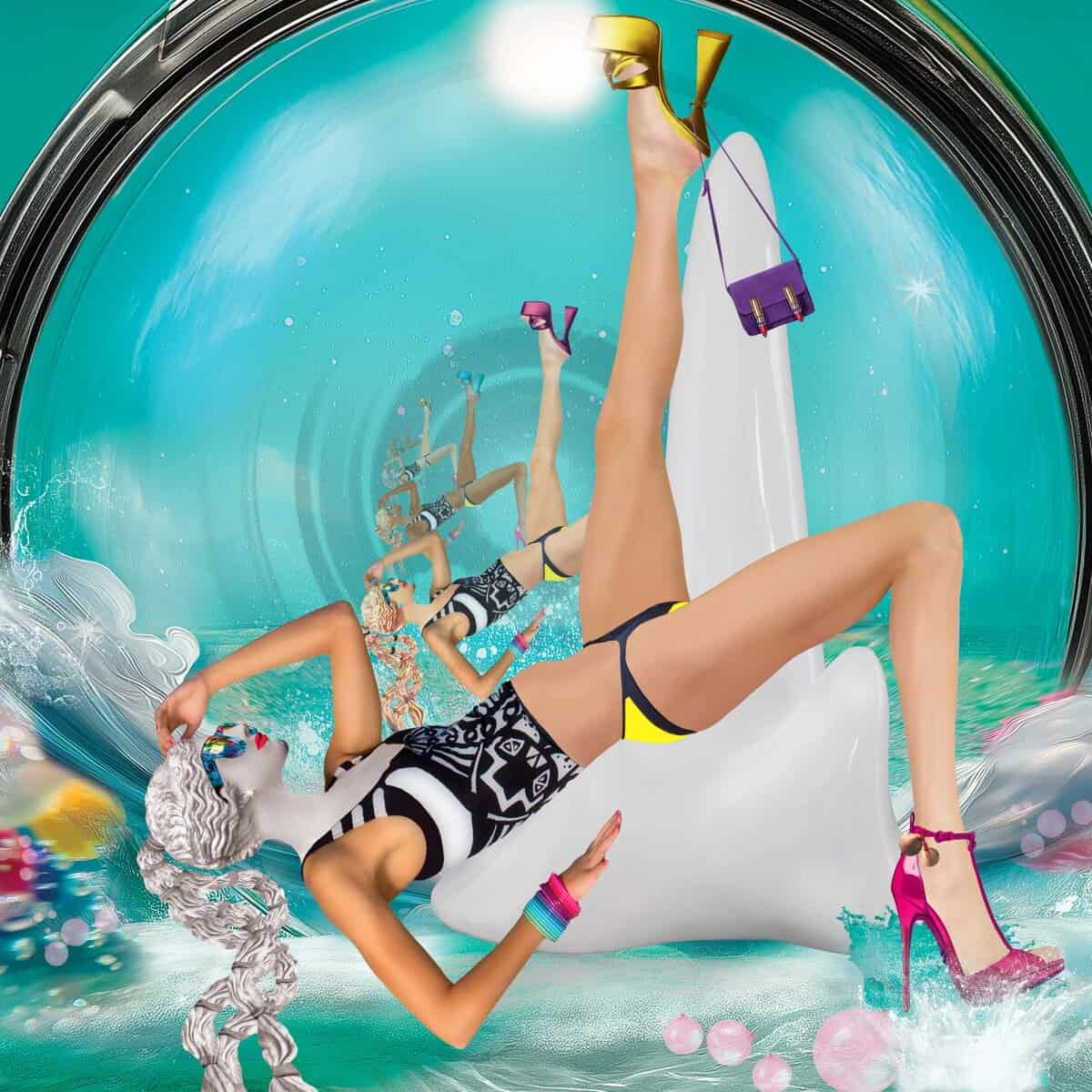
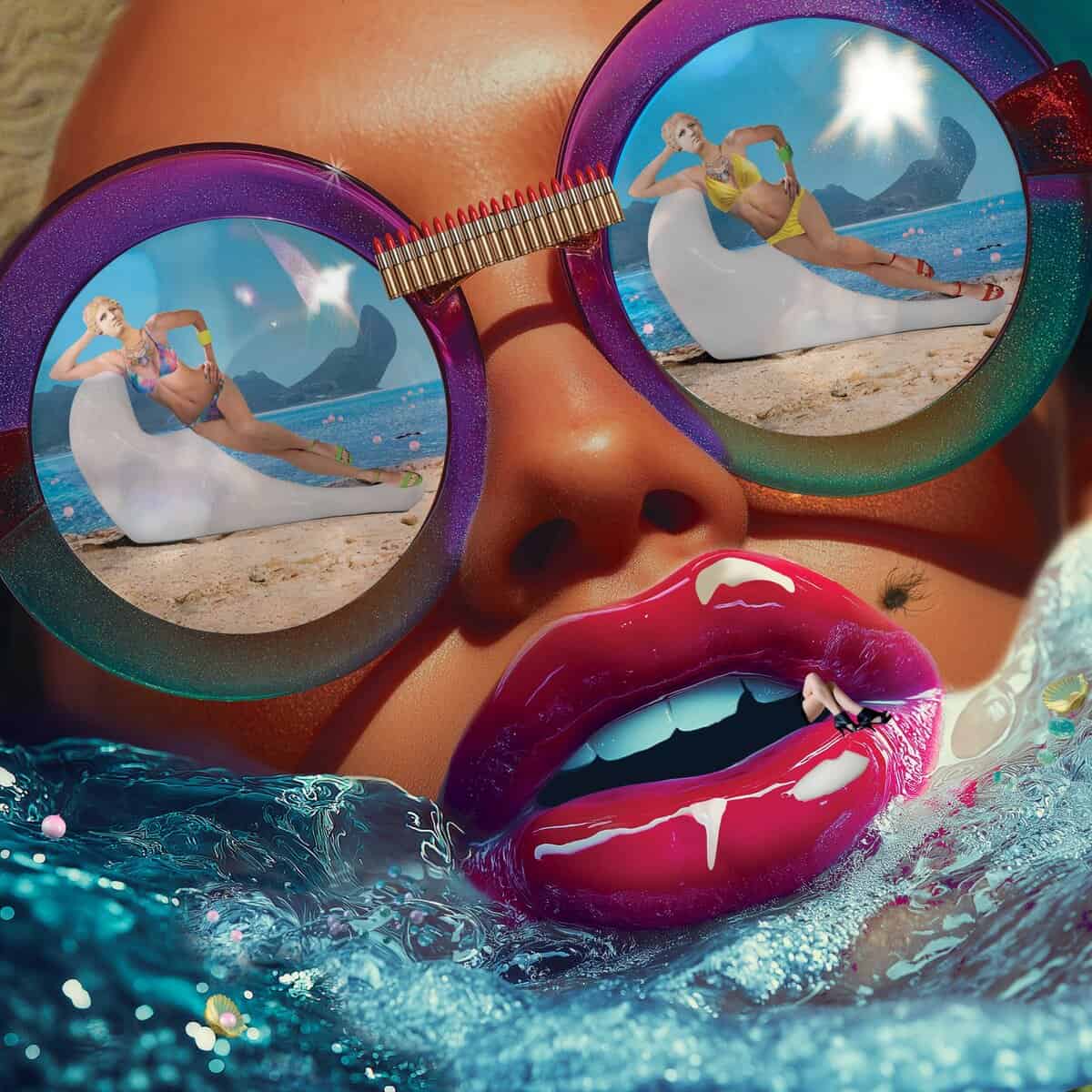
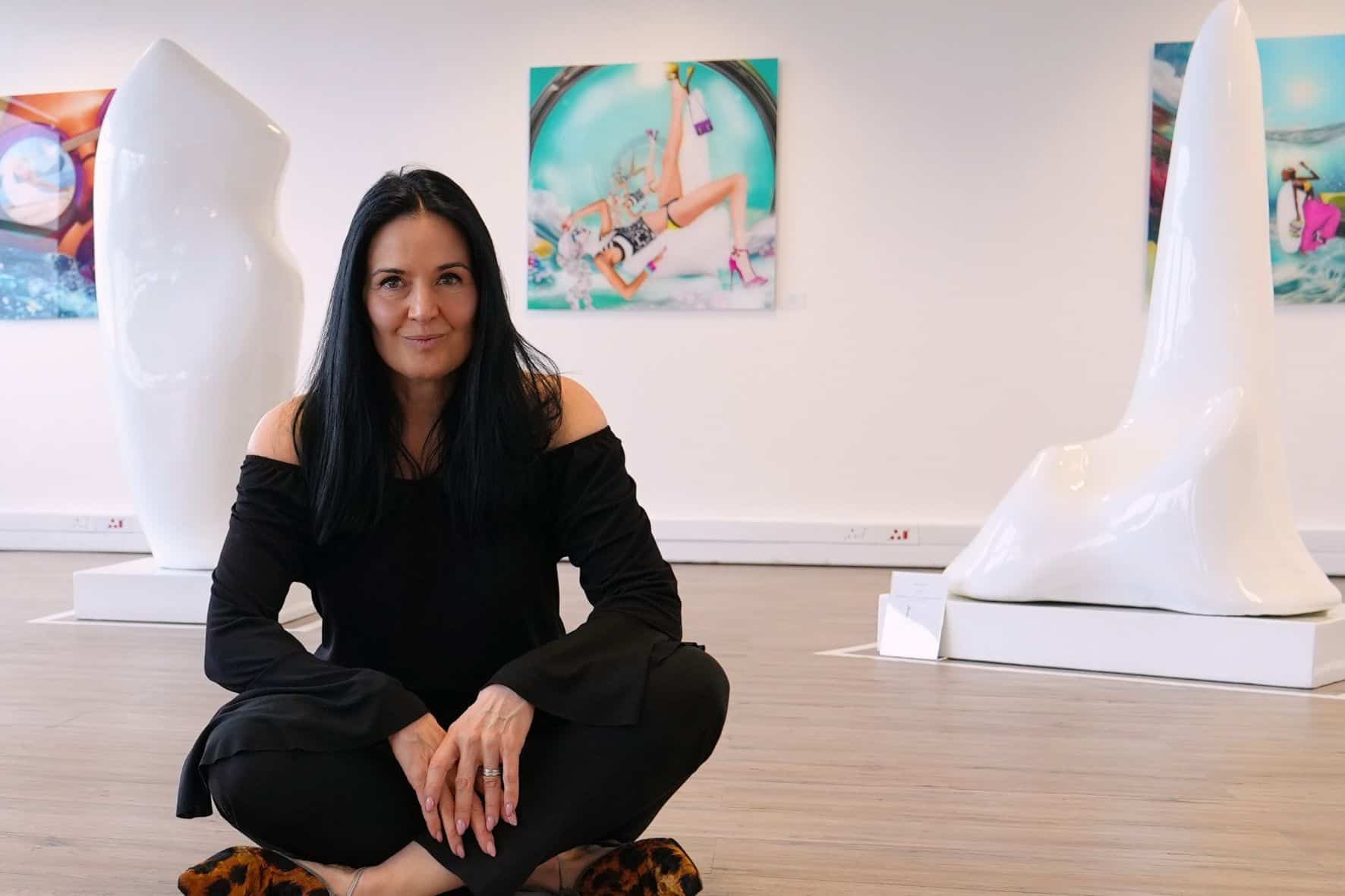
“When you see someone like Kylie Jenner, and she looks a certain way, suddenly there’s a wave of women dyeing their hair, getting their lips done. It becomes real because it’s shown everywhere,” she said. “It’s what we project that becomes powerful. What is it doing to young women who already feel they are not enough?”
Lazaro said it’s this duality between social progress in consciousness and reality that leaves a giant question mark over the whole dichotomy of what beauty is. “It’s a catch twenty-two. You want to change how women are seen, to be more inclusive, but society needs to be retrained to see beauty differently. We’ve been told for years that it’s about being thin, or having big lips, or long hair. It’s always about a new trend that sells something.”
Lazaro said her work is an invitation to pause. “We can’t suddenly say everyone’s beautiful, and it’s solved,” she said. “People will still judge. But we can start looking at what is being portrayed and understand where it comes from. We shouldn’t take it so seriously or believe we must look a certain way to be wanted.”
Now Read: Kaminskys: Husband and wife team heavily rely on talent






